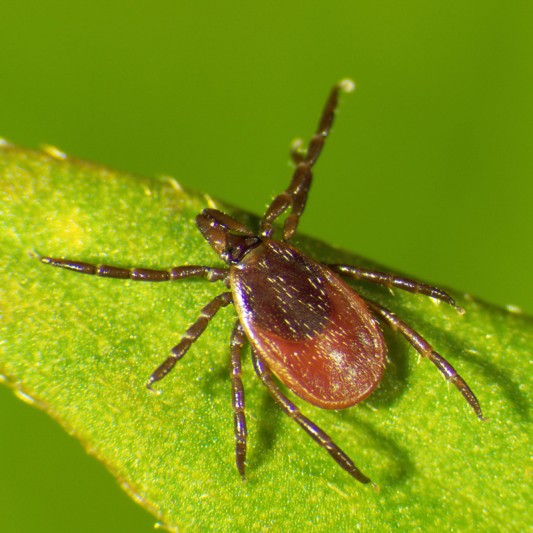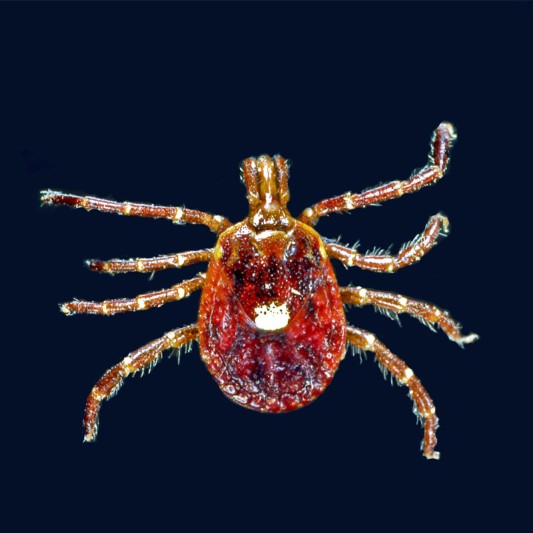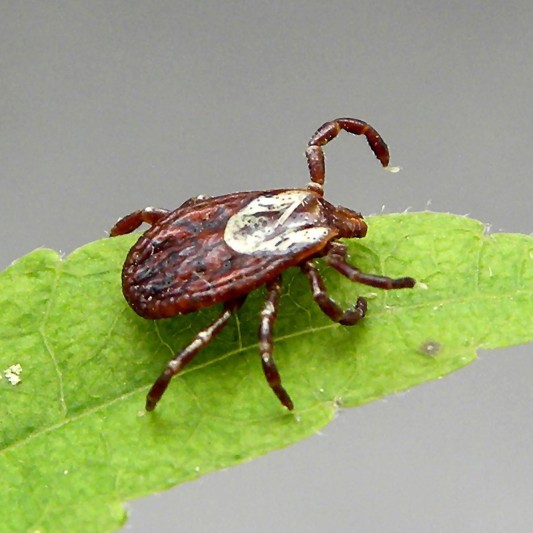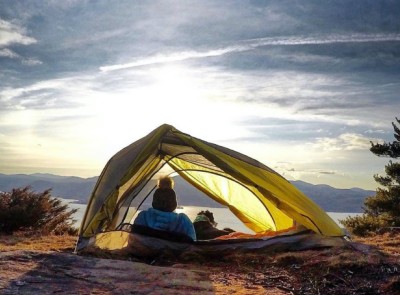Tick Prevention Tips
Gear and advice to help you avoid ticks outdoors – and what to do if you do encounter them.
4 Min. Watch | Camping
We love spending time outside, but we do not love dealing with bugs – especially ticks, which can carry Lyme and other diseases. Here are some easy tips and gear recommended by the University of Maine Tick Lab covering all the basics: gear that can help you avoid ticks, tips to avoid ticks when you're outside, how to identify common ticks, and what to do if you find a tick on you.
Gear to Avoid Ticks
Insect-Repellent Clothing
You can also spray permethrin on clothing yourself, following the directions and warnings on the label, but you have to be diligent – it's tough to spread the spray evenly, and the protection won’t last as long as factory-treated clothing.
Permethrin Spray
You can also spray permethrin on clothing yourself, following the directions and warnings on the label, but you have to be diligent – it's tough to spread the spray evenly, and the protection won’t last as long as factory-treated clothing.
Long Sleeves and Pants & Light-Colored Clothing
When choosing clothing, go for long sleeves and pants – the less exposed skin, the better. You should also pick light-colored clothing, since it can make ticks easier to spot.
Insect Repellents
For any exposed skin that you can’t cover, you should protect it with insect repellent. The CDC recommends using EPA-registered insect repellents containing any of these ingredients:
- DEET
- Picaridin
- IR3535
- Oil of lemon eucalyptus
- Para-menthane-diol
- 2-undecanone
Tips to Avoid Ticks and Tick Bites
Tuck Your Pants into Your Socks & Pull Your Long Sleeves Tight
Your tick-repellent clothing is going to be a lot less effective if ticks can just get underneath it, so when you head outdoors, it’s a good idea to tuck your pants into your socks, and pull your long sleeves up so the cuffs are tight around your forearms.
Avoid Overgrown Areas
Ticks love areas like brush, tall grass, leaf litter and overgrown trails, so it’s best to avoid those areas and stay on mowed or cleared trails where there are fewer places for ticks to hide.
Go Out at Dry Times
You can lower your chances of encountering ticks by putting on your sun protection and going out on the hottest, driest parts of the day.
Do a Tick Check When Heading Indoors
Every time you head indoors, you should do a full tick check on yourself and any pets as soon as possible. Be sure to double-check ticks’ favorite hiding spots, like:
- Under your arms
- Around your ears
- Behind your knees
- Around your waist
- In your hair
How to Identify Common Ticks
A few ticks that commonly bite humans are:
Blacklegged (or "deer") ticks. Orange brown, with dark legs, about 1/8 of an inch long.
Lone star ticks. Reddish brown, with a white dot on their back, about 1/4 of an inch long.
American dog ticks. Mottled dark brown, flat and oval, about 1/4 of an inch long.
What to Do if You Find a Tick on You
If you find a tick that hasn’t bitten you yet, you can simply brush it off outside.
If you find a tick that has bitten you and is attached, it should be easy to remove with a pair of fine-tipped tweezers.
For specific instructions about how to identify and remove ticks – and more information about ticks and tick-borne disease – visit the Centers for Disease Control and Prevention’s website at www.cdc.gov/ticks.
Now that you know how to get out there safely, complete your outdoor outfit with sturdy footwear and expert-tested outdoor equipment.
Explore the Get Outside Guide for more tips and how-tos, like our tips for camping with dogs, our guide to hiking and ideas for creating the perfect outdoor reading spot in your backyard.







